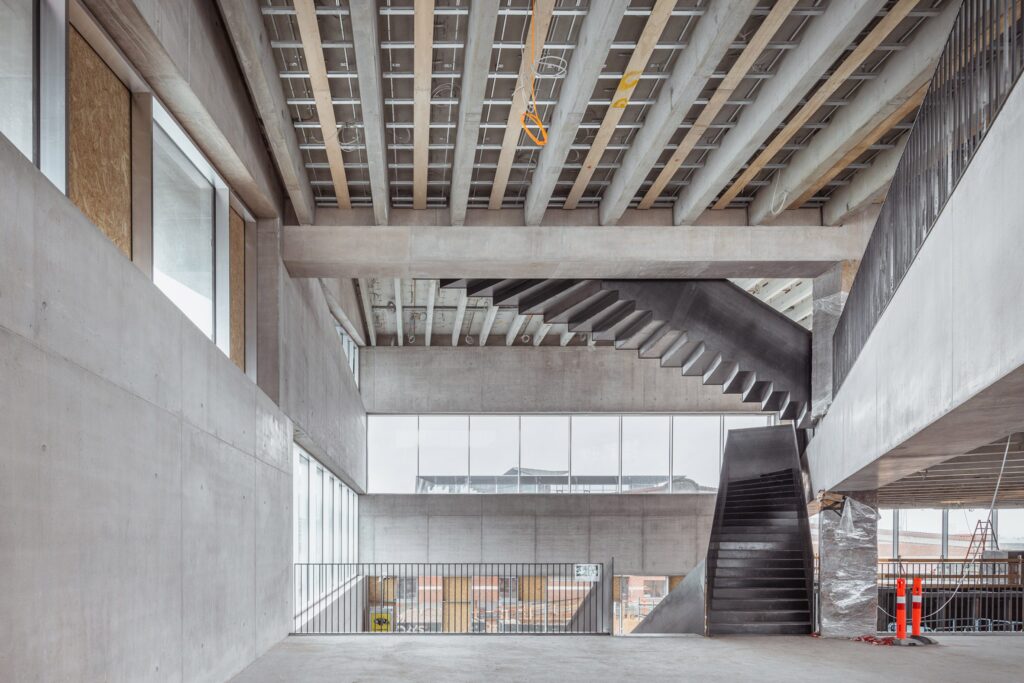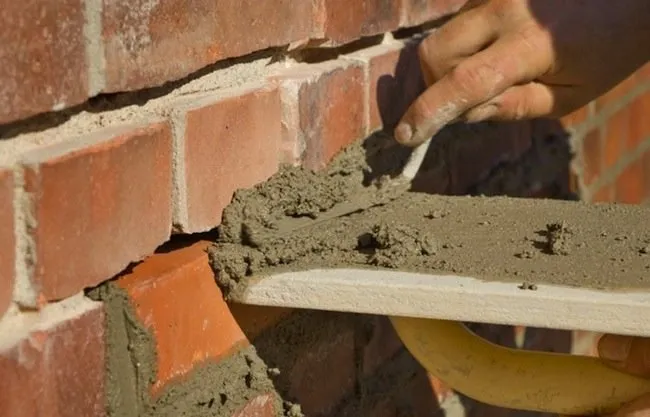A big construction project—whether it’s a home extension, full restoration, or major masonry work—is an exciting journey. It transforms a vision into reality, adding value, space, and beauty to your property. At London Restore, we know that every build requires careful planning, expert craftsmanship, and attention to detail. Here’s what you can expect when embarking on The Journey of a Big Build.
1. Planning & Preparation: Laying the Groundwork
Every great build starts with a solid plan. Before construction begins, we work closely with you to:
✔ Assess the site – Checking structural integrity, existing brickwork, and foundations.
✔ Understand your vision – Whether it’s a modern extension, a period restoration, or a new outdoor space, we align with your goals.
✔ Secure approvals – If necessary, we help ensure compliance with planning permissions and building regulations.
2. Foundation & Structural Work: Building Strength from the Ground Up
A big build needs a solid foundation for long-term durability. Our team ensures:
✔ Reinforced foundations – Preventing settlement or movement over time.
✔ Structural masonry work – Strengthening walls, lintels, and load-bearing elements.
✔ Repointing & restoration – Enhancing stability while preserving aesthetics.
3. Construction & Craftsmanship: Bringing Your Project to Life
This is where the transformation happens! Our expert builders use a combination of traditional and modern techniques to ensure:
✔ High-quality brickwork – Matching existing structures for a seamless finish.
✔ Precise masonry & detailing – Ensuring durability and visual appeal.
✔ On-time execution – Careful project management keeps everything on schedule.
4. Fine Finishing & Exterior Enhancements
Once the main build is complete, the finishing touches bring everything together:
✔ Roofline improvements – Installing soffits, fascia, and guttering for weather protection.
✔ Garden walls & landscaping – Creating a stunning outdoor space.
✔ Pointing & sealing – Ensuring weather resistance and longevity.
5. Completion & Handover: The Final Step
After rigorous quality checks and final inspections, we ensure your build meets the highest standards. We deliver a flawless, functional, and beautiful end result—ready for you to enjoy for years to come.
Your Big Build, Our Expertise
At London Restore, we specialize in large-scale construction, brickwork restoration, masonry, and extensions. No matter the size of your project, we bring expert craftsmanship, attention to detail, and reliability to every stage.
📞 Contact us today to discuss your big build and turn your vision into reality!






